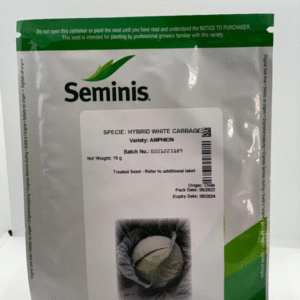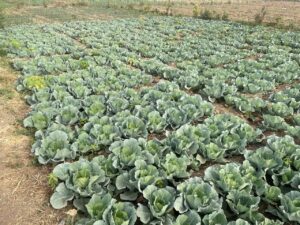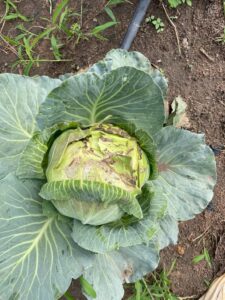If you’re looking to venture into farming or broaden your current array of crops, introducing cabbage could prove to be an excellent addition. With its crunchy texture, versatile nature, and high nutritional value, cabbage has solidified its position as a fundamental ingredient in numerous cuisines worldwide. In this comprehensive cabbage production guide, we will walk you through the essential steps to cultivating healthy, robust, and abundant cabbage yields.
Choosing the Right Variety
Before embarking on your cabbage-growing journey, it’s crucial to select the right variety that suits your climate, market demands, and personal preferences. Cabbage comes in various types, including green, red, savoy, and Napa. Each variant boasts distinct attributes, spanning taste, consistency, and resilience against pests and ailments. Undertake research and seek guidance from nearby agricultural specialists to ascertain the cabbage variety that will flourish optimally in your region. Illustrative instances of cabbage variants encompass Amphion, Victoria, and Oxylus.

Preparing the Soil
Cabbage thrives in well-drained soil that is rich in organic matter. Start by preparing the soil a few weeks before planting. Remove any rocks, weeds, or debris and incorporate organic compost or well-rotted manure to improve soil fertility. Cabbage prefers slightly acidic soil with a pH range of 6.0 to 6.8. Conduct a soil test to ensure the pH level is optimal for healthy growth.
Planting and Spacing
Once your soil is ready, it’s time to plant the cabbage seedlings or seeds. If you choose to sow seeds directly, ensure they are sown at the recommended depth and adequately spaced. Plant the seedlings in well-prepared soil, leaving enough space between each plant to allow for proper air circulation and growth. The recommended spacing is 60 cm between rows and 45–60 cm between plants, depending on the variety.

Watering and Fertilization
Cabbage plants require consistent and adequate watering throughout their growth cycle. Keep the soil evenly moist, but avoid overwatering, as it can lead to root diseases. Mulching around the plants can help retain moisture and suppress weed growth. Additionally, cabbage is a heavy feeder and benefits from regular fertilization. Apply a balanced fertilizer rich in nitrogen, phosphorus, and potassium according to the recommended dosage for optimal growth and yield.
Pest and Disease Management
Cabbage is susceptible to various pests and diseases, including cabbage worms, aphids, clubroot, and black rot. Implement preventive measures such as crop rotation, maintaining proper hygiene, and using pesticides to manage these threats. Regular scouting and early detection can help address any issues before they escalate and cause significant damage to your cabbage crop.

Harvesting and Storage
The time to reap the rewards of your hard work has arrived! Cabbage is ready for harvesting when the heads are firm and reach their desired size. Use a sharp knife to cut the cabbage heads at the base and remove any outer leaves if necessary. Proper post-harvest handling and storage are crucial to maintaining cabbage’s freshness and quality. Store the harvested cabbage in a cool and humid environment, ideally at temperatures around 32°F (0°C) and high humidity levels.
In summary, engaging in cabbage cultivation can prove to be a satisfying and fruitful venture. Through careful variety selection, meticulous soil preparation, attentive nurturing, and effective pest and disease management, you have the potential to cultivate thriving and bountiful cabbage harvests. So, roll up your sleeves, get your hands dirty, and embark on a journey of growing crunchy and nutritious delights in your own backyard or farm.
Seedhub specializes in the retail sale of diverse cabbage seed varieties. Additionally, we offer consultation services to prospective customers. Reach out to us via phone or WhatsApp at 09065126356 or 07040184913 to initiate an order. Our delivery network covers the entire nation. Happy cabbage farming!


